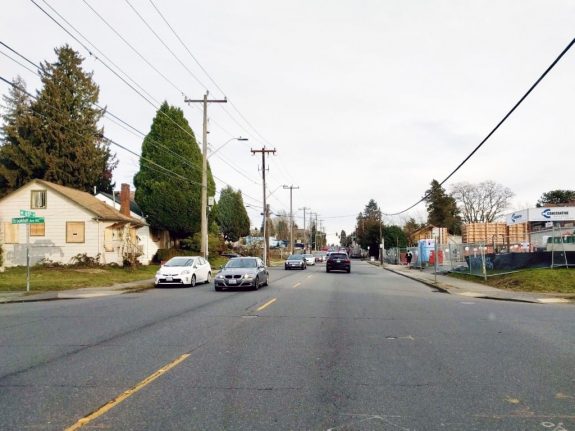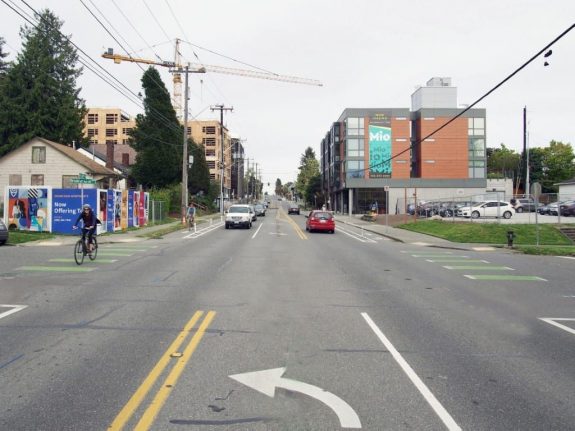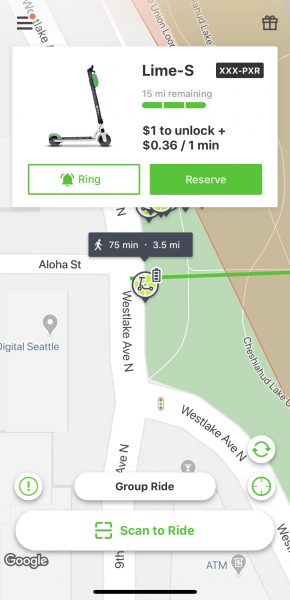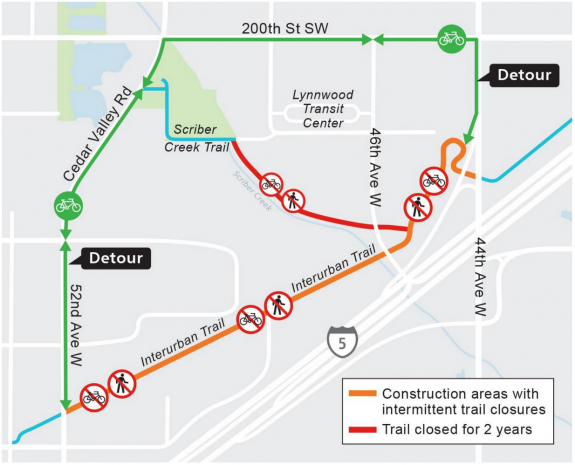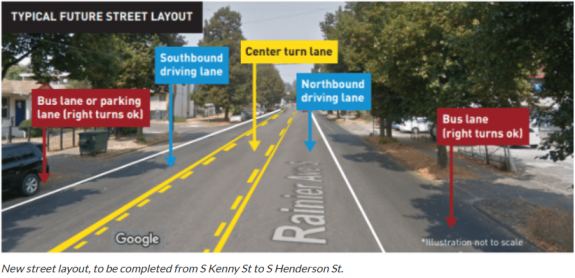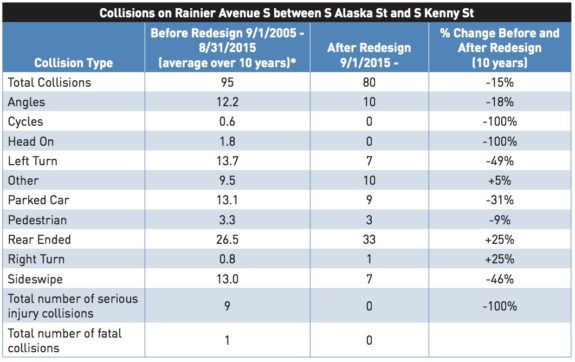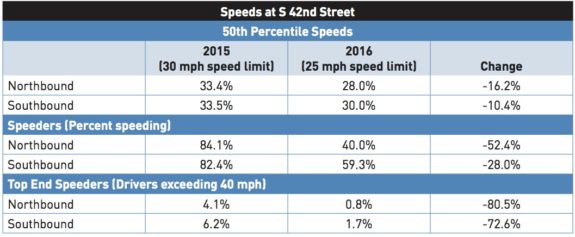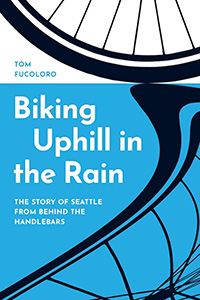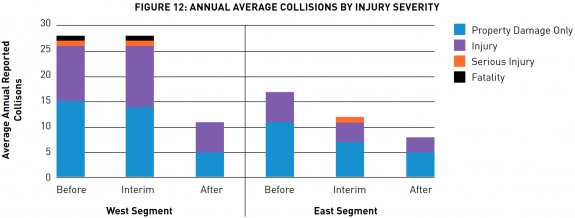
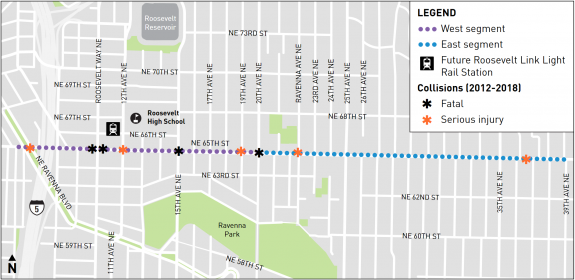 For a four-year period, the short stretch of NE 65th Street between NE Ravenna Blvd and 39th Ave NE killed one person and seriously injured at least one other person every year. But a hard-fought safety project installed in spring 2019 has cut collisions by more than half and has so far eliminated deaths and serious injuries, according to a new SDOT report (PDF).
For a four-year period, the short stretch of NE 65th Street between NE Ravenna Blvd and 39th Ave NE killed one person and seriously injured at least one other person every year. But a hard-fought safety project installed in spring 2019 has cut collisions by more than half and has so far eliminated deaths and serious injuries, according to a new SDOT report (PDF).
As with nearly all of SDOT’s Vision Zero street redesigns, the project is a huge success. It once again demonstrates the department’s ability to save lives and improve mobility when it prioritizes safety on our streets.
There is at least one person somewhere who is sipping coffee, Zoom chatting with a loved one or otherwise living life at this moment who would be dead if not for these safety changes. Is it your friend? Your mother? You? We will never know who that person is, but we do know that had the city chosen not to take action and make changes to this street, one person would die every year. And that person would most likely have been walking or riding a bike.
And these benefits come even though the city compromised fairly heavily on many of the details. For example, intersections do not have separated signal phases for people on bikes and bike lanes share space with bus stops in several locations. And worst of all, the bike lanes stop at 20th Ave NE, providing no dedicated biking space between 20th and 39th. But even with these compromises and half measures, the results are impressive.
And the problems that led to traffic danger on this street were not at all unique to NE 65th Street. They are problems repeated on streets all over the city and the region. Too much space for cars leads to speeding and no space for people biking or crossing the street leaves them vulnerable.
